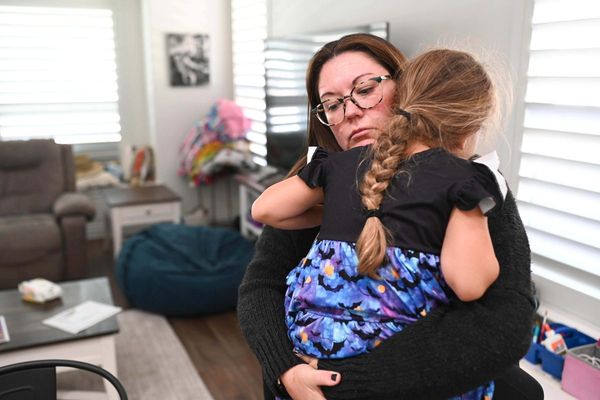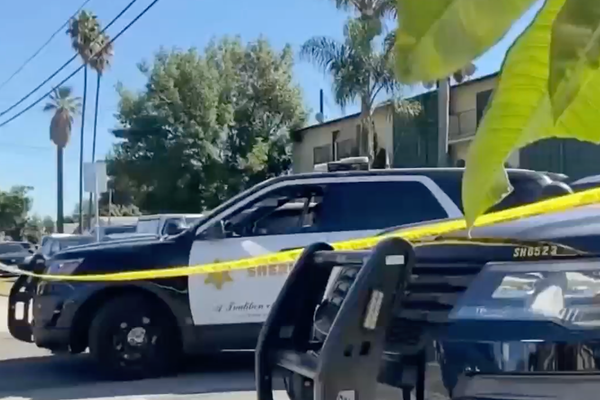
Truth used to be stranger than fiction; now they’re pretty much the same thing. It won’t have escaped your notice that most TV dramas no longer revolve solely around a screenwriter’s scribbled imaginings: if a new programme doesn’t arrive linked up to the existing pop cultural firmament – in the form of a novel adaptation, a reboot of an old series or a film-to-TV transfer – then the events told therein must have actually happened. One of the starkest shifts in television this decade has been the embrace of ripped-from-the-headlines stories, with scandals involving the Post Office, Jimmy Savile, the Royals and more all rehashed into controversial dramas, destined to replenish the news cycle that birthed them – winning a glut of publicity in the process.
In fact, we’re getting to the stage where it seems a bit odd if a drama is completely made-up. Isn’t there enough existing weirdness and wretchedness to work with? Why add any completely fabricated misery to the pile? And so it feels rational and reassuring to see the publicity around Apple TV+’s new Spanish-language crime drama Las Azules – Women in Blue for English-speaking markets – emphasise that it is “inspired by true events”. Indeed, it lends weight – as well as a macabre frisson – to its outlandish premise. Set in 1971, the series follows the formation of Mexico City’s first ever female police force, who operate under the spectre of a serial killer nicknamed the Undresser. Yet what these intrepid recruits don’t know is that their presence is merely a PR stunt designed to distract the press and public from the police’s failure to track down the murderer. Restricted to patrolling parks and calling for backup in the event of anything untoward, these newly minted female officers gradually realise that their male bosses have zero intention of giving them any proper power.
What a fascinating piece of social history to channel into a TV series! One small problem: it didn’t happen. The serial killer element is a total invention, while co-creator Pablo Aramendi got the idea of a pioneering female police force from the story of an early, short-lived experiment by the Mexico City police in the 1930s. It seems that billing Women in Blue as a real-life story is a slightly misleading PR exercise in itself, designed to chime with the times. But anyone who decides to supplement their viewing with a fruitless internet search will find it only makes for a baffling and mildly irritating entry into the show’s world.
Treat the series as a straightforward fiction, however, and it is far easier to enjoy. Our four police-recruit protagonists dutifully cover four female archetypes – there’s glamorous mother María and her sister, strident activist Valentina, plus socially uncomfortable straight-talker Ángeles and guileless optimist Gabina – but the subtle performances and a script that never spoon-feeds its message manage to counteract any cliches (the show is also beautiful to look at, recalling the mid-century gorgeousness of Mad Men and The Marvelous Mrs Maisel). Each woman has a different motivation for joining the force: María wants to reclaim her life in the midst of deadening domesticity and a cheating husband; Gabina has picked up skills from her police officer brothers and father, who won’t countenance women in the job; Valentina is fighting for equality; Ángeles’ parents were murdered in a bank robbery when she was a baby.
Then there’s the chilling serial killer storyline, which turns out to be crucial to the show’s success. The transformation of our protagonists and the machinations of the city’s corrupt and disingenuous police department are entertaining and thought-provoking seams, but there’s not much inherent dramatic tension or direction in either. Instead, it is the murderer’s mysterious identity – and the manner in which he will eventually be unmasked – that forms the narrative drive. The two elements cleave satisfyingly when María, having witnessed the dodgy methods of her superiors, undertakes her own secret independent investigation into the murders.
This combination of dark horror and fizzily thrilling feminist advancement and solidarity does require a delicate tonal balancing act. While the hardcore training our recruits endure at the hands of borderline sadistic and mildly unhinged department head Octavio Romandía is half-played for laughs (there are shades of Bring It On’s fascistic choreographer Sparky Polastri), the show never totally commits to comedy – probably because the plot soon pivots back to the disturbing crimes of a killer targeting young women. Although Women in Blue carefully walks this tightrope of moods, it is still jarring at times.
Yet it is precisely this awkward mishmash – of comedy, terror, frustration and the banal brutality of the patriarchy – that helps Women in Blue feel vital and ring true. Because good TV isn’t dependent on a plot firmly rooted in fact – it’s about constructing a portrait of the world that’s just as messy and bewildering as the real thing.
• Women in Blue is on Apple TV+







